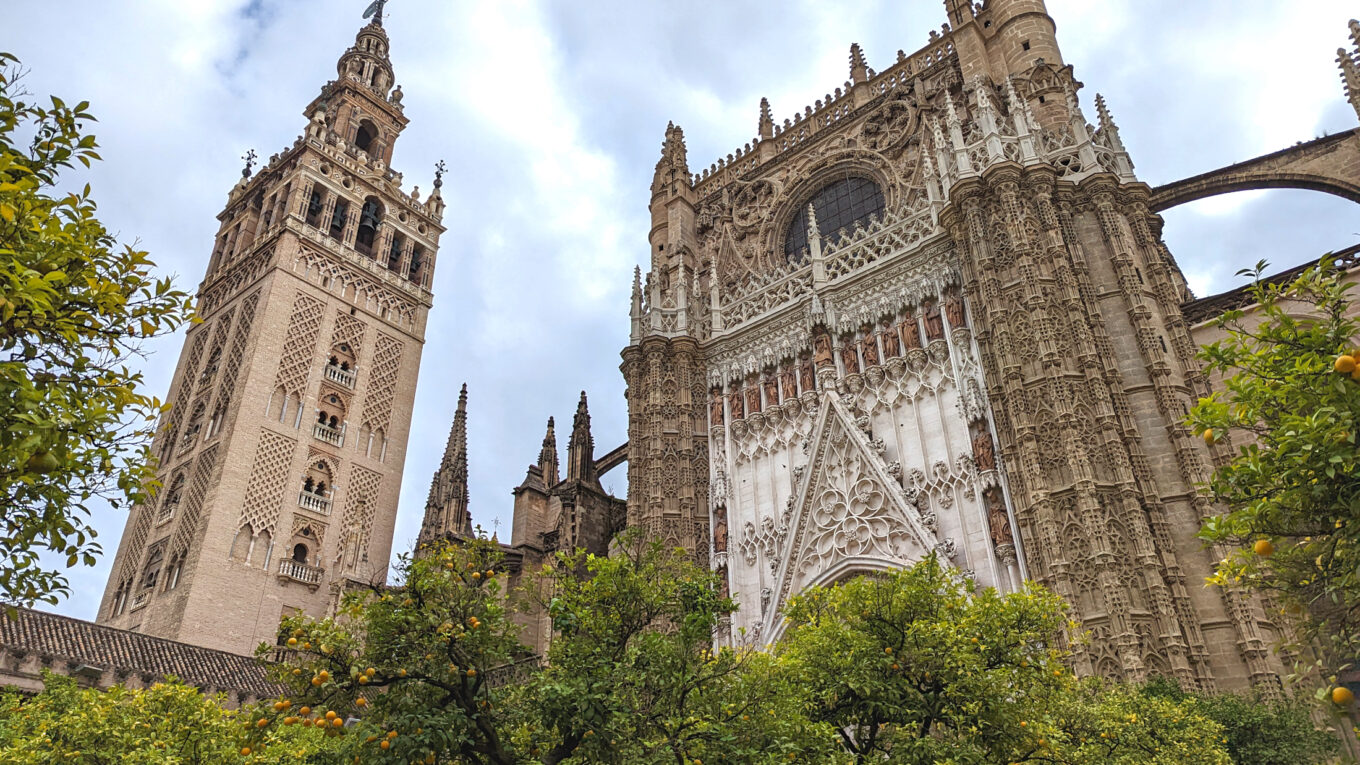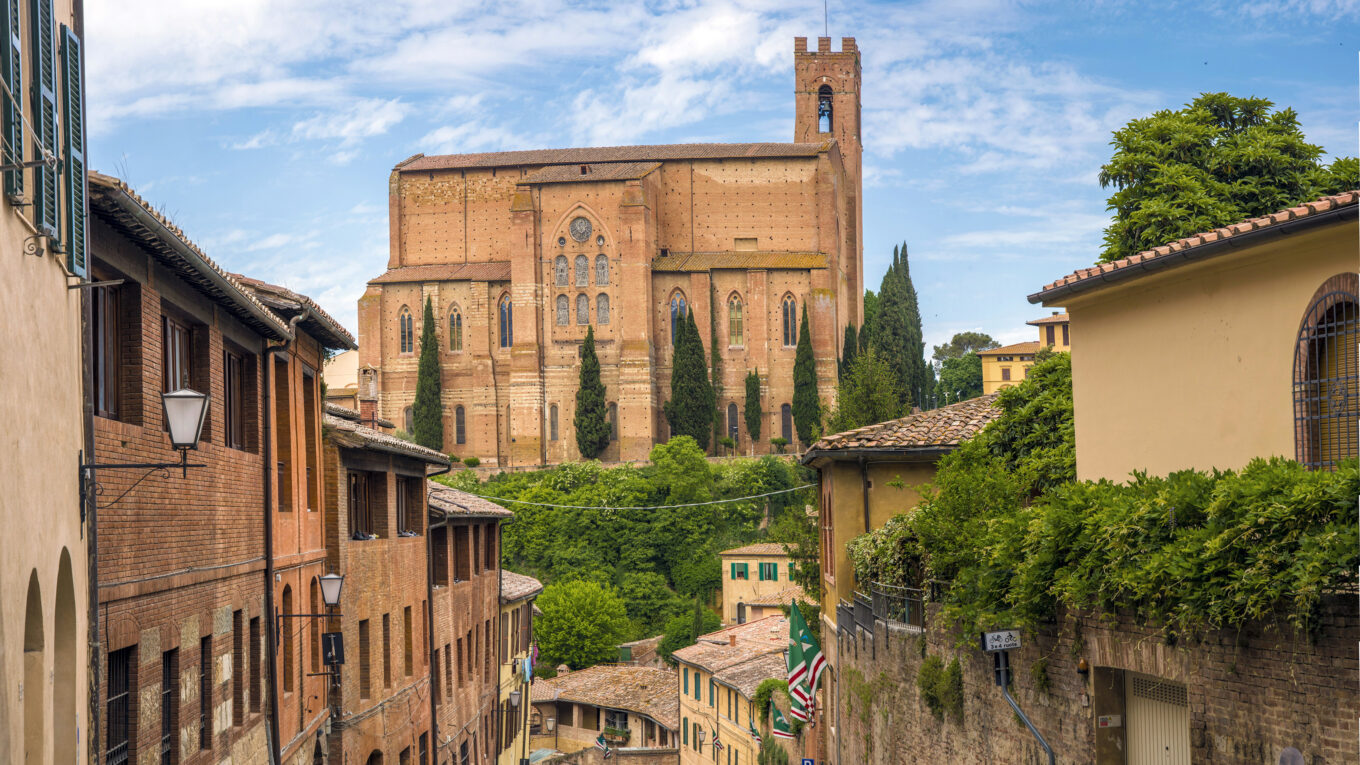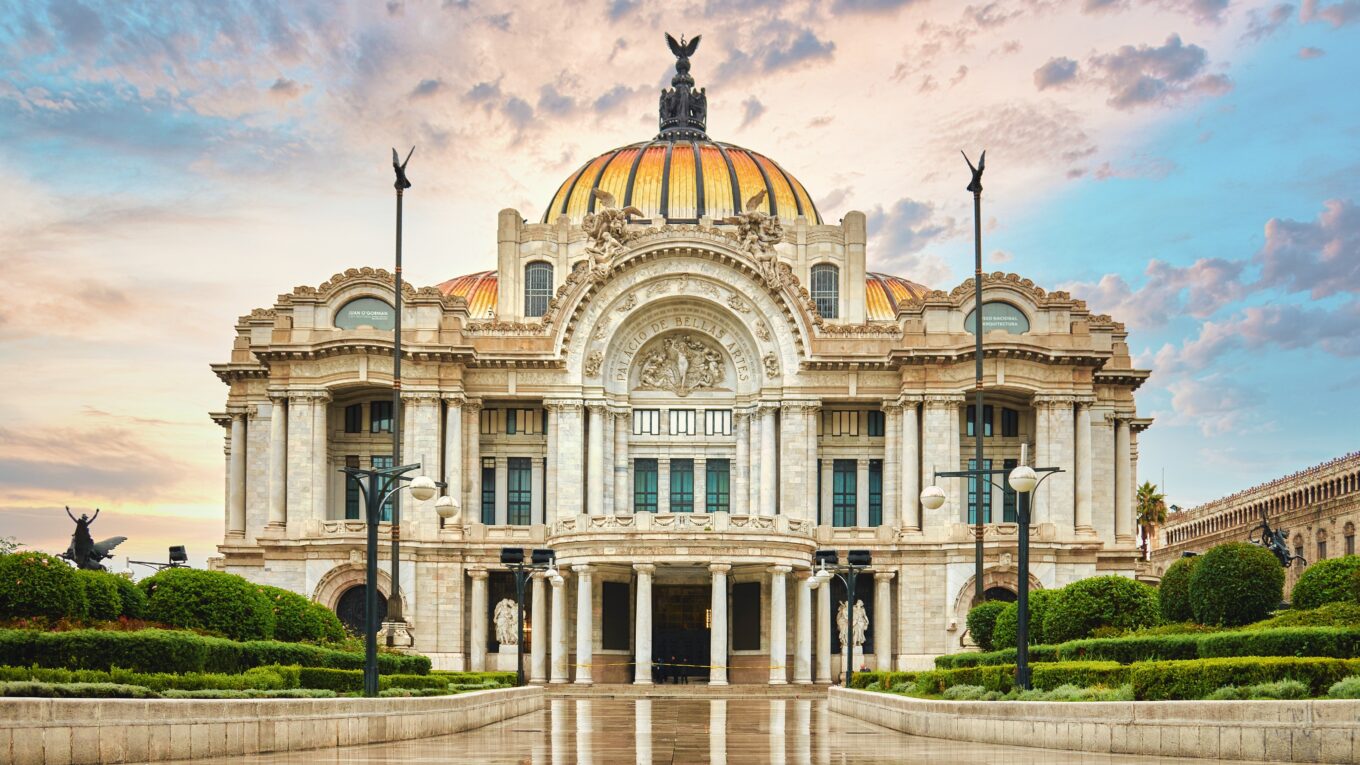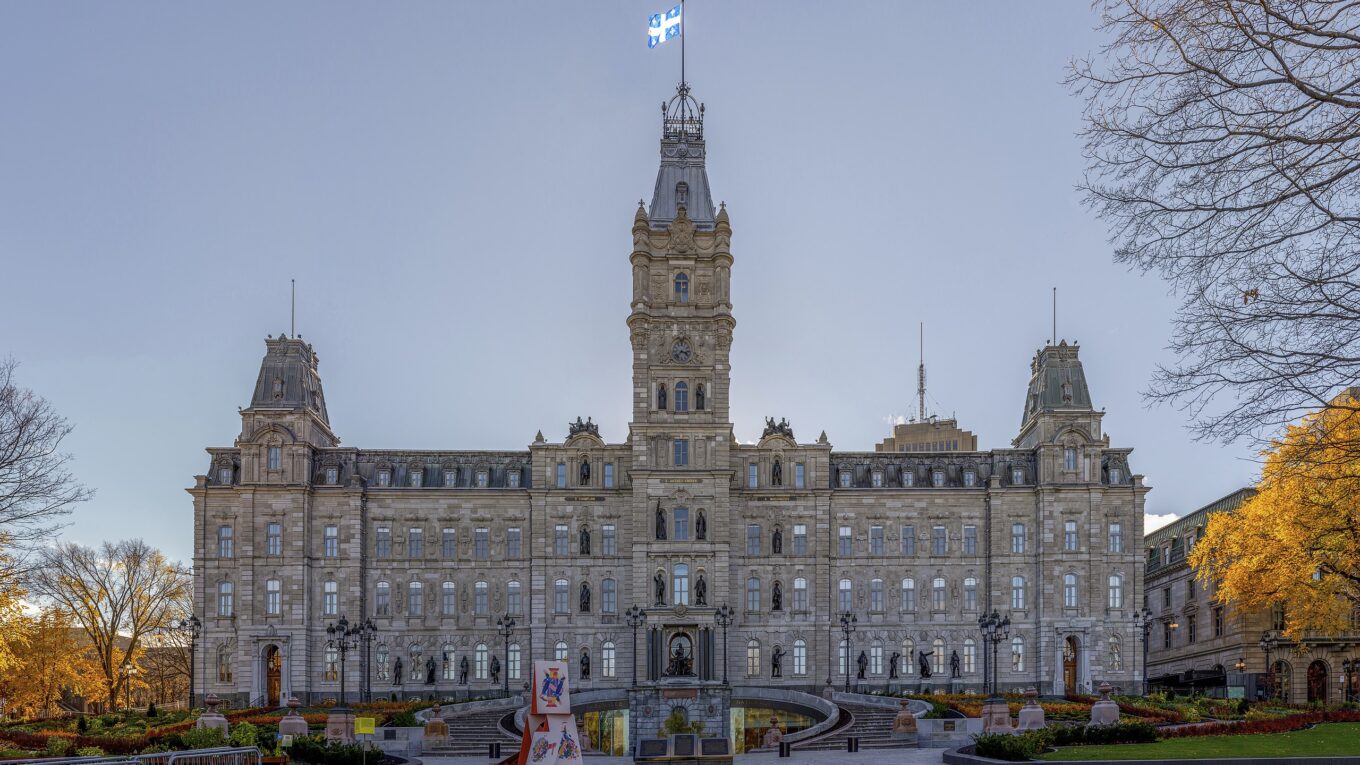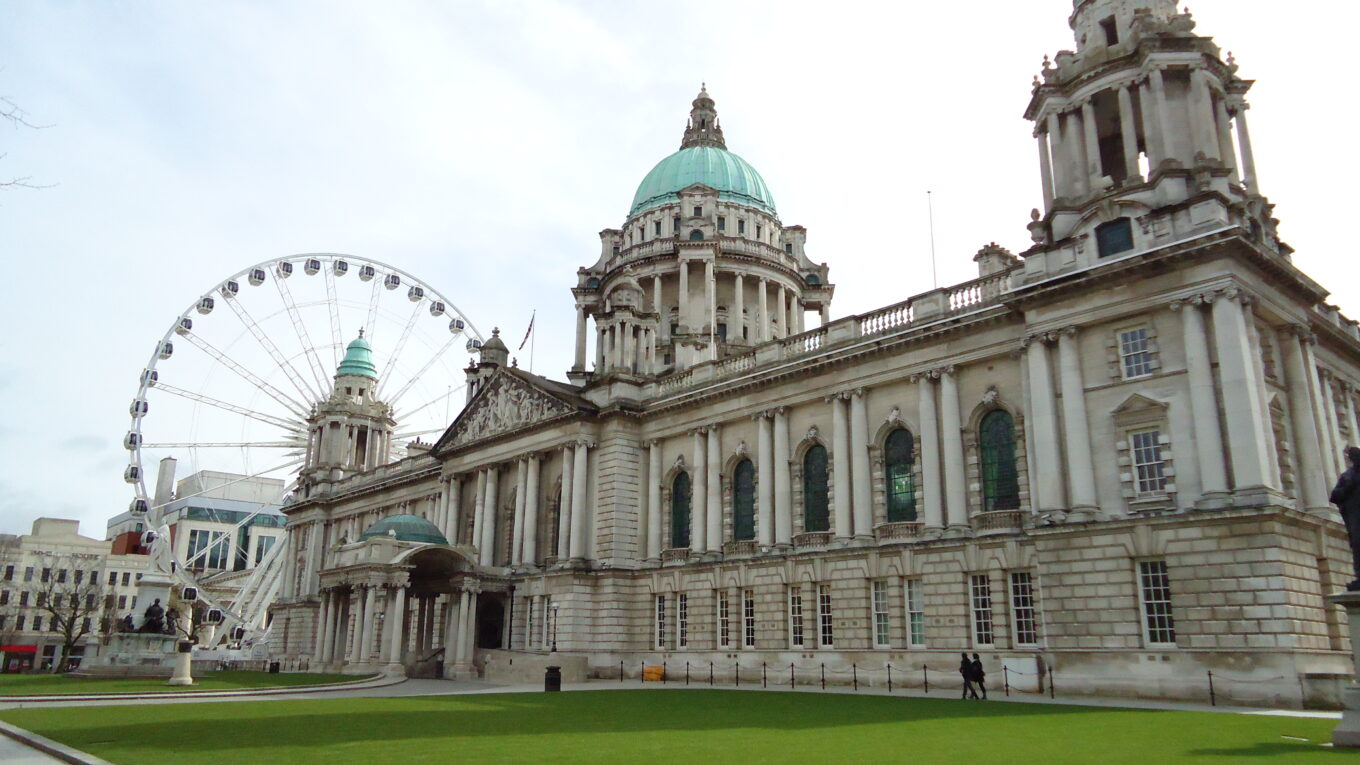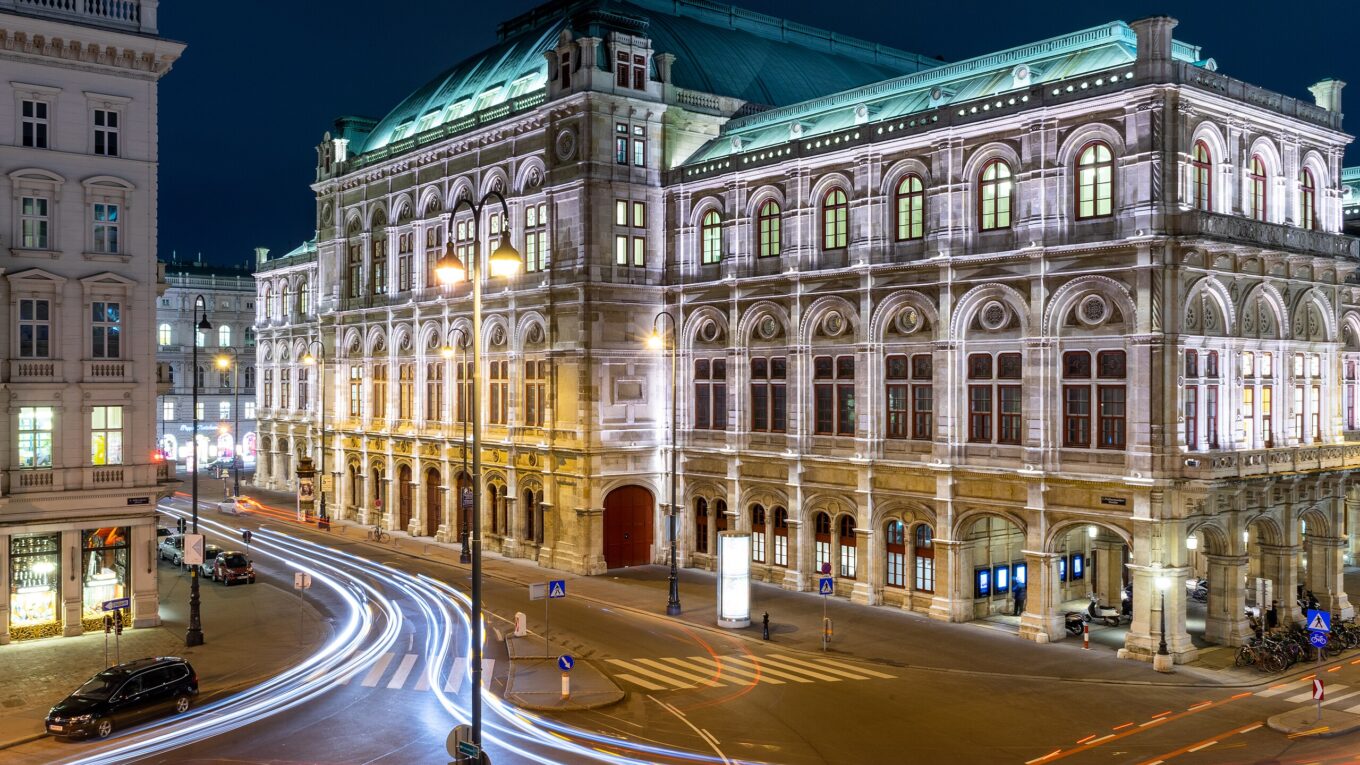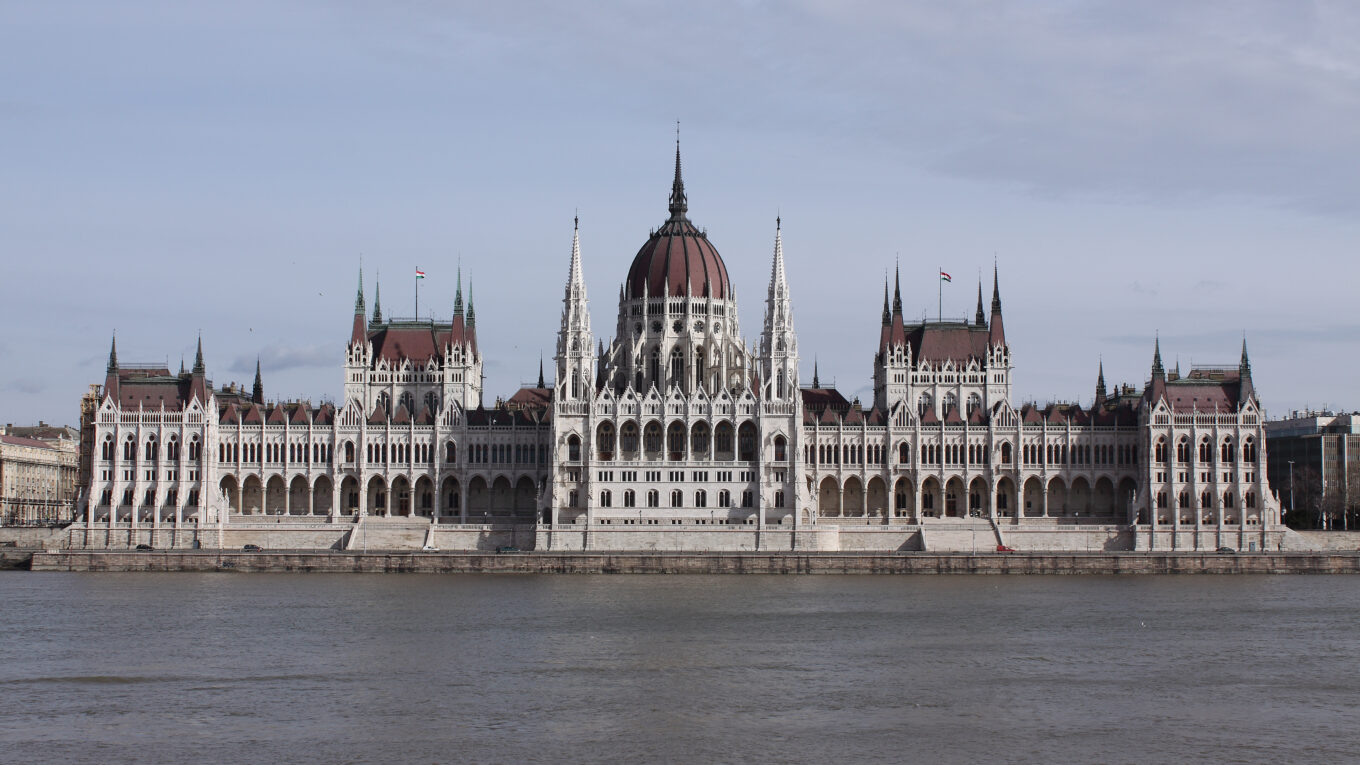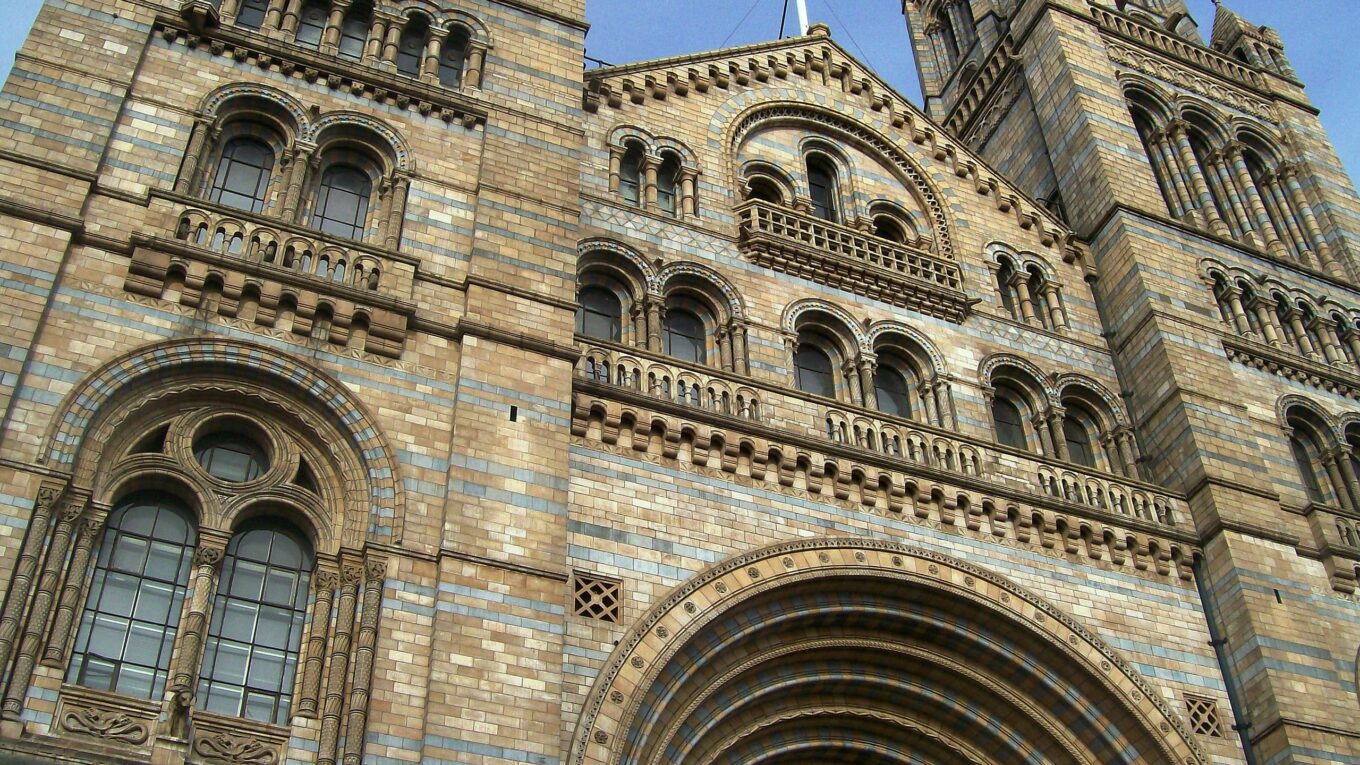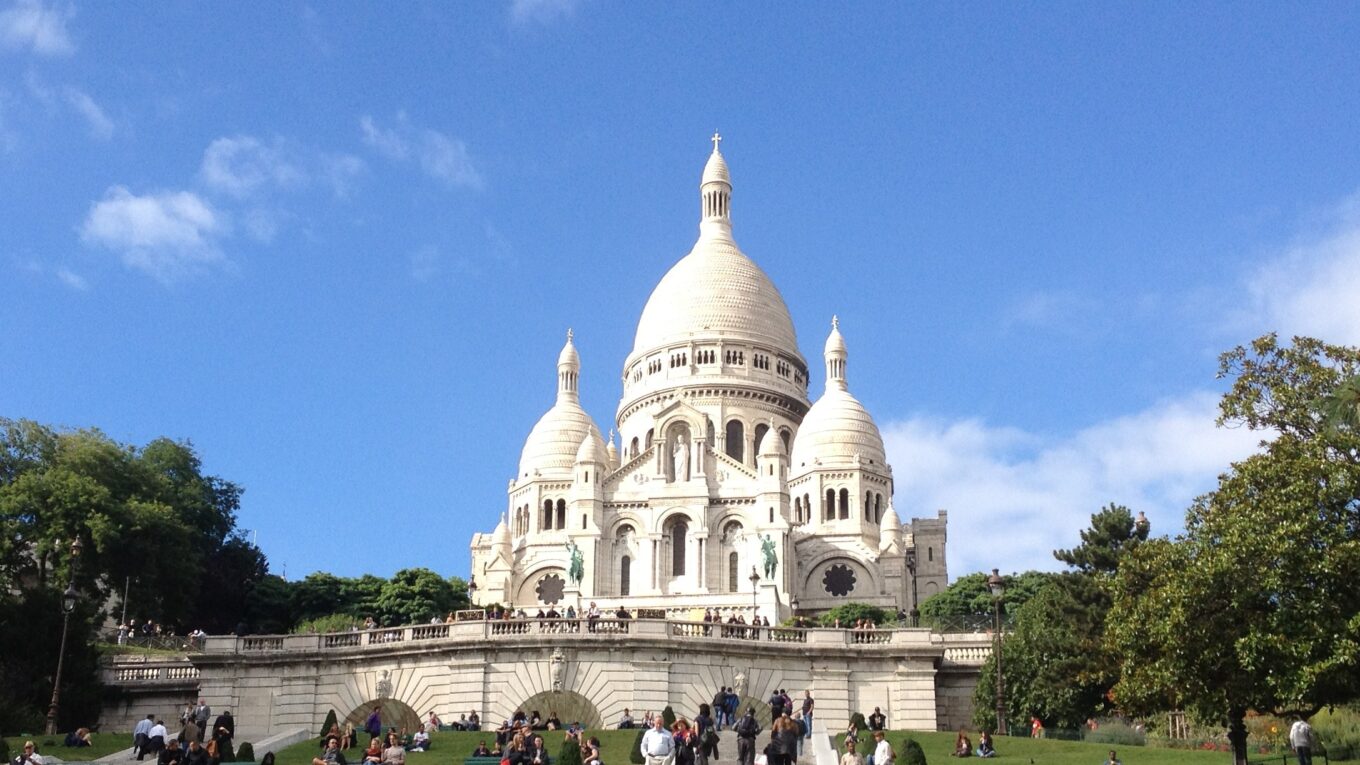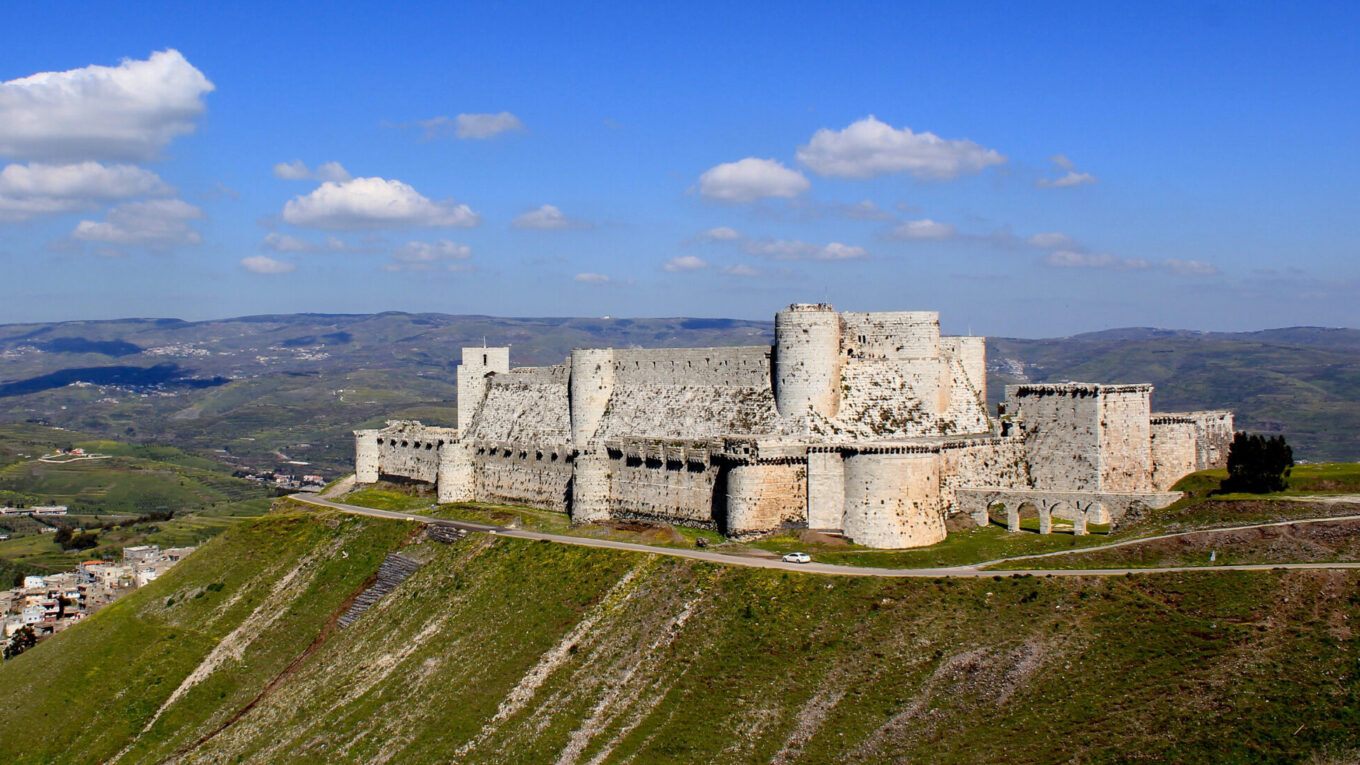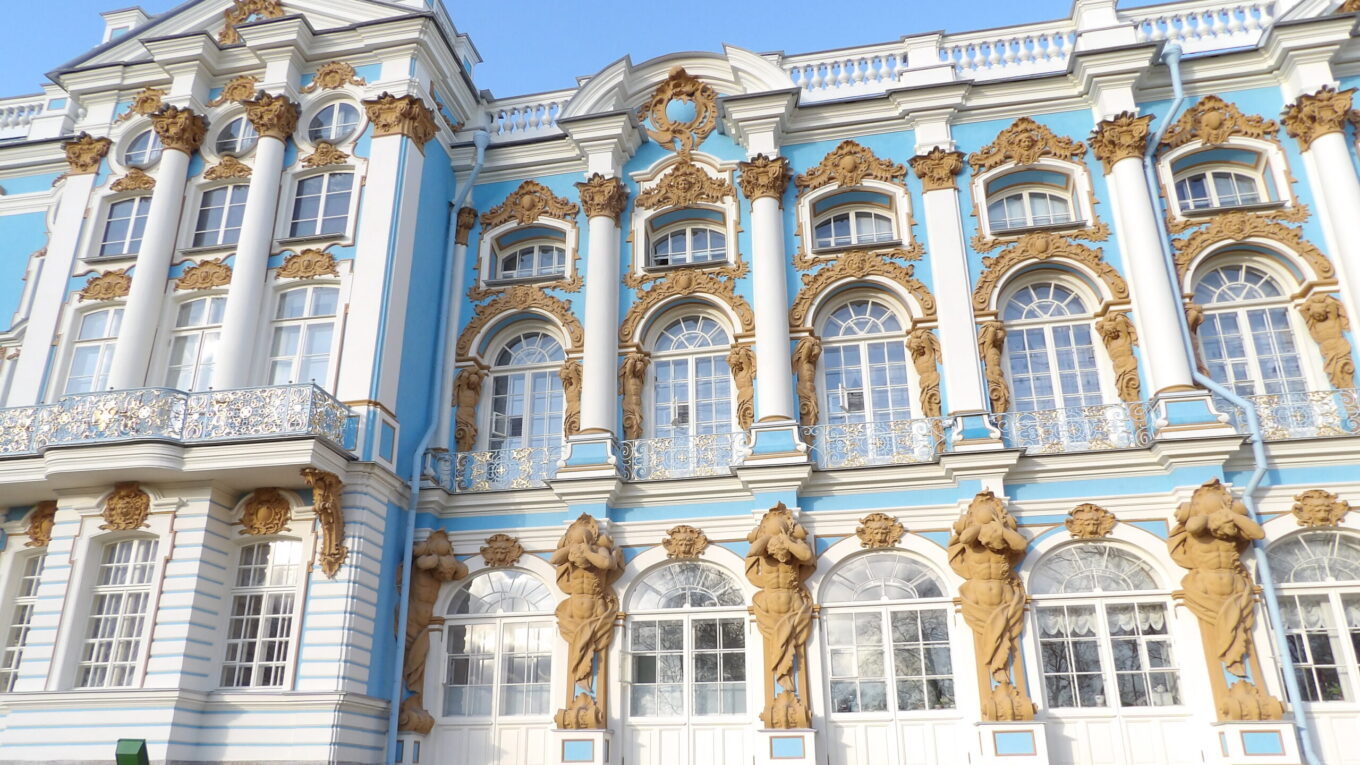Architecture of Seville, Andalusia, Spain
To me, Seville’s architectural significance is embodied in the Mudejar Style of Architecture. The whole concept, of a new style of Architecture forming itself from historic events, is the thing that makes Andalusia Spain, and Seville in particular, so magical. Everywhere you look, you can see in every stone, brick, and column, influences of the past rulers of this great city. From the Romans to the Moors, to the Spanish Empire, and on to modern Spain, Seville showcases all of these cultures and how they helped the city become the landmark it is today.
Read More